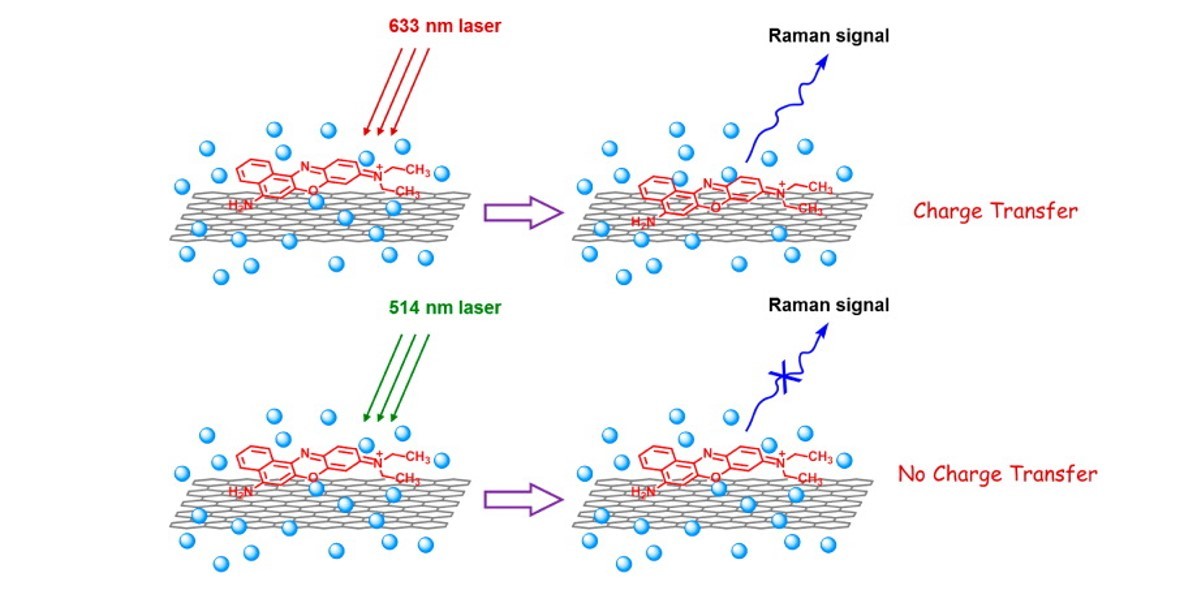Exploring Graphene Nanocolloids as Potential Substrates for the Enhancement of Raman Scattering
Abstract
Graphene, especially few-layer graphene solid film, has been found to strongly suppress fluorescence and enhance Raman signals of probe molecules. In this paper, we attempt to explore the possibility of using graphene nanocolloids as potential substrates for the enhancement of Raman scattering. Graphene nanocolloids chemically produced from the reduction of graphene oxide by sodium citrate are nearly all monolayers in solution and are also found to exhibit certain surface-enhanced Raman scattering (SERS) activity to common aromatic probe molecules. Interestingly, largely different from few-layer graphene solid film, graphene nanocolloids show maximal SERS activity only when the probe molecules are at resonant laser excitation. According to our analysis, this phenomenon should arise from a combined effect of fluorescence quenching of graphene and a photoinduced charge transfer mechanism, in which the strong charge transfer accounts for the main contribution from close coupling between graphenes and probe molecules photoinduced by resonant excitation as well as the desolvation of graphene sheets and probe molecules.

<<全文链接>>

